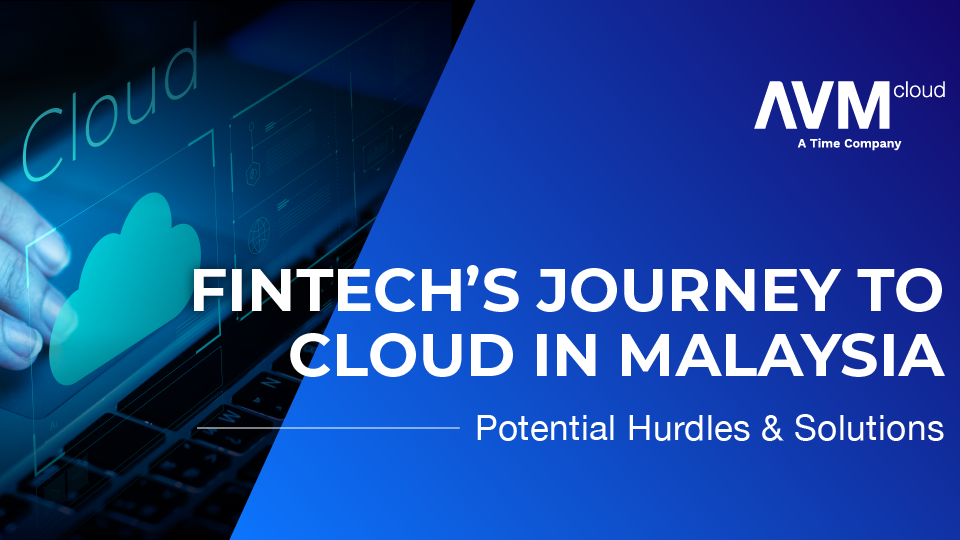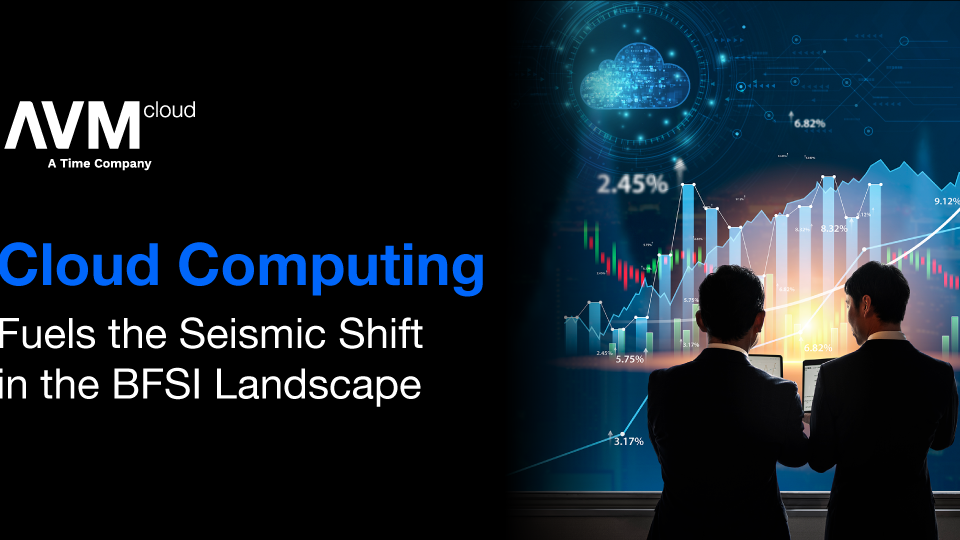
What is GPU
Gaming drives the GPU industry, the first gaming console from Sony, the PS1, launched in 1994, was the first to use the term GPU and pushes Sony to the leader of gaming console manufacturers. Less than a decade later, NVIDIA brought it to the mass market with their GPU for computer gaming market. Due to the availability and lower cost, and through OpenGL capabilities to tap into the computing power of GPU, it became one of the platforms for scientist and academics used for computation intensive workload. This is because the GPU can execute thousands of processes in parallel and drastically reducing the processing time required by the scientist. For example, the current version of NVIDIA Tesla V100 GPU comes with 5120 cores.
Now, NVIDIA, AMD, Intel and even Huawei are producing GPU for the consumer and data center market. NVIDIA even have GPU with tensor engine to address the needs of non-graphic specific workload, such as deep learning in artificial intelligence area.
How GPU can help in Desktop-as-a-Service (DaaS)
One of the early use cases of GPU in the non-gaming world is used in graphic intensive desktop, such as computer added design. Those applications require large pool of compute resources, but the cost of data center grade GPU is prohibitive, hence Desktop-as-a-Service was created. DaaS in short, provides the security and performance that users are looking for, without having to invest on hardware while being able to perform task remotely; either at home, at the café or even with a simple tablet; improving productivity and encourages innovation.
Why GPU can help Deep Learning and Machine Learning
As mentioned above, the ability to process data in parallel allows increases the speed of processing and reduces the turn-around time. It is critical when enterprises are tasked to handle billions and billions of data within a limited timeframe. Putting that into context, training a deep learning model to recognize faces, objects, or even in the autonomous vehicle segment will often take an extended period of time, hindering productivity. GPU capabilities enables the possibility to process a huge load of data in a short time. During one of our POCs with the NVIDIA GPU card, we are able to reduce the processing time of 100 million computation from almost 45 seconds down to less than a second. That is almost 50x performance improvement.
What can Cloud provider help the organization with data science initiatives
As with compute services from cloud service provider, consumer gain from the economy of scale. The cloud provider is able to provide the resources to the consumer at the price which is lower than the total cost of ownership if the consumer decides to build the infrastructure themselves. Another benefit is the agility of the infrastructure, especially in the DaaS and AI/ML side of the services, the customers can easily scale up or down the consumption to cater to their business volume or seasonal demand, which is not something they can do easily and at lower cost when they build their own infrastructure.
As with any other cloud services, customers only pay for how much they use, in a pure utility model. In contrast with the CAPEX model where customers purchase the entire infrastructure and any excessive compute power that is not fully utilized should be considered perishable. For cloud service provider, the unused resources will be diverted to be consumed by other workload and increase the utilization of the hardware and drive the cost per hour lower.
What does AVM Cloud provide?
From AVM Cloud, customer not only can move their production, mission critical workload to the cloud and take advantage of the mature, protected, secured, managed and high-performance infrastructure to run their business applications, they can also subscribe to many other value-added services on top of the standard services.
Value added services that involved GPU are Desktop-as-a-Services and machine learning services. For DaaS, customer can run the desktop with GPU allocated which can accelerate their application to perform graphic intensive application, for example, seismic application from the oil and gas industry. They access the desktop from any devices, from anywhere in the world with internet access via a secure network connectivity.
For machine learning services, training the model, make adjustment to the model and re-train again takes time, and if each training takes hours or days to execute, it will not be very productive for the data scientist. If they can upload their data and the code into the cloud storage in AVM, they can able to train their model in the VM provisioned for them which have GPU allocated, either a virtual GPU, a fraction of the GPU, an entire GPU with all 5120 cores (NVIDIA Tesla V100) or even with up to 4x Tesla V100 card for exceeding of 20,000 cores at their disposal. This also complement the data analytics platform in AVM cloud to ingest, transform, process the data to be consume by predictive analytics using deep learning. This provides an end-to-end data analytics services that most of the enterprise are looking for, now it is available.






